From Manholes to Stewpots: Itoh Tekko
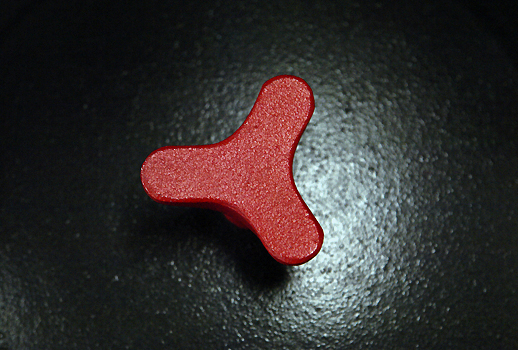
What do you think of when you hear the words, “cast iron?” An iron kettle perhaps, or a grand temple bell? Surely something old fashioned and nostalgic fills your mind. However, cast iron is an important component of our everyday life even today, in ways you may not realize. Street lamps, fences, bridge railings, manholes, and drain covers are all made of cast iron. Once you start looking for it, you’ll be seeing that distinctive texture everywhere. Kawaguchi City in Saitama prefecture is a casting foundry hub. It is here where we found an iron cookware brand that has been gathering attention. The Kawaguchi Chamber of Commerce and Industry has undertaken a Japan Brand project called Kawaguchi i-mono, which is a completely new initiative for this production area. Standing boldly at the front lines of this new endeavor is Itoh Tekko. We spoke to the company president, and here is his story.
Interview by Takafumi Suzuki. Translation by Claire Tanaka
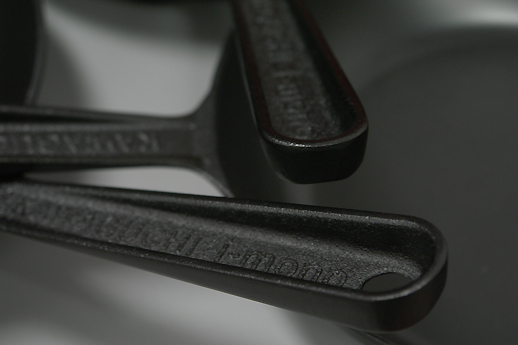
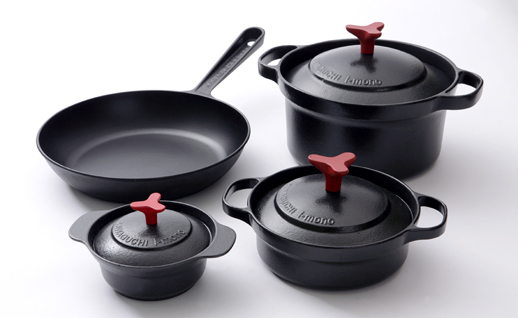
Q: I’d like to start out with the basics, so could you tell me exactly what a casting is?
A: Metal is melted and poured into a sand mold, and what is produced is called a casting. The history of this technique goes way back, back to pre-era Mesopotamia, but casting remains an important technique in contributing to the development of the machine age today. From a manufacturing perspective, there are so many benefits to products made using the casting method. Workability: despite being metal, it can be formed into complex shapes. Wear performance: it doesn’t wear down easily. Corrosion resistance: it doesn’t rust easily. Damping performance: it absorbs vibrations and noise. I could go on.
Q: There certainly are a lot of casting foundries here in Kawaguchi.
A: Yes, that’s true. But our numbers have fallen to one-fifth the amount that was here during our peak. Most casting manufacturers operate on an order basis. Automobile engine parts, machine tool parts, manufacturing machine parts, things like that. They get an order from a manufacturer and just work to fill the orders they get. In that sense, I suppose we’re unusual. Ever since my grandfather’s time we’ve been manufacturing and selling our own original products.
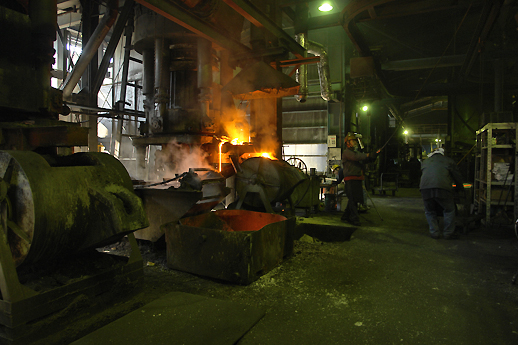
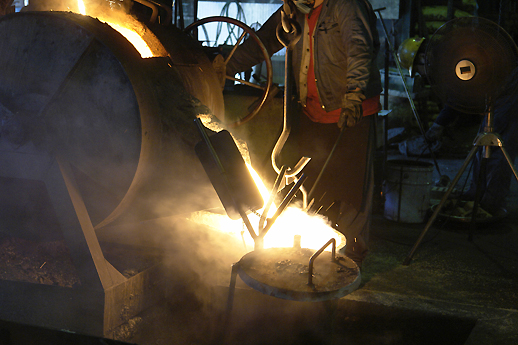
Q: What goes into the original casting products side of your business?
A: The two main pillars of our business are construction materials like water sanitation components, and materials for cityscapes. The founder of the company, my grandfather, started out in the late 1920s making coal-fired stoves. Then, in the late 1940s, my father, the second generation owner, began manufacturing water sanitation fixtures. Then, twenty years ago, myself, the third generation, began making materials for cityscapes. Businesses generally have to find a new way of bringing in money by developing a new product every thirty or forty years. So I figure once it comes time for my son to take over the business, he’ll have to find something new to manufacture as well.
Q: Even so, it strikes me that it must have been quite a unique idea for a small neighborhood foundry to manufacture their own original products back in those days.
A: I think one reason is that my grandfather, who founded this company, was quite an unusual guy. He had always been a very devout, religious man, and he belonged to the Nichiren sect of Buddhism. He was so devout that he decided he wanted to build a temple. Ito Tekko was the company he founded in order to raise the money to build it. He was quite a radical guy, and they say he never even flinched during the wartime air raids. “I’m a Nichiren believer, so those bullets won’t hit me,” was his trademark line. (laughs) Then, my father who was a great lover of all that is noble, admired the samurai tradition of bushido. I’ve been influenced quite a bit by them both.
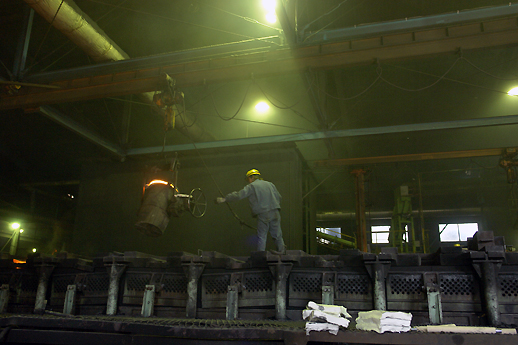
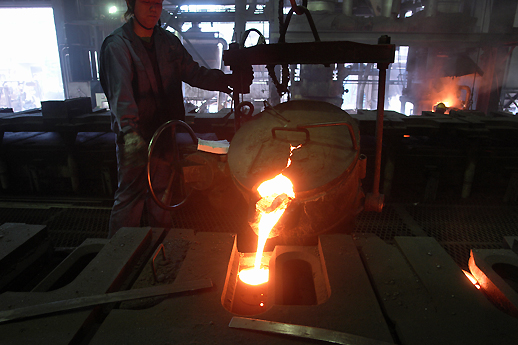
Q: Mr. Ito, when did you start working at the company?
A: I started as soon as I finished university. I had specialized in science and technology in school, and when I entered what was then my father’s company, I spent some time working in quality control and product development, supporting the technical side of things. But I’m actually quite fond of the arts at heart. I love history and cultural anthropology. In my younger days, I even considered becoming a scholar. I particularly admired Caesar of The Gallic Wars, and I studied a lot of history.
Q: I see. Now, I’m changing the subject, but your Japan Brand project “Kawaguchi i-mono” is getting a lot of media coverage lately, isn’t it?
A: Yes. The products themselves have been getting lots of good reviews. They received a lot of attention at the 2008 Paris Maison & Objet, and we’ve been selling them at the local Kawaguchi Sogo department store, as well as the Ikebukuro Seibu department store, and branches of Tokyu Hands. But looking at it from the profit angle, we still have a long way to go.
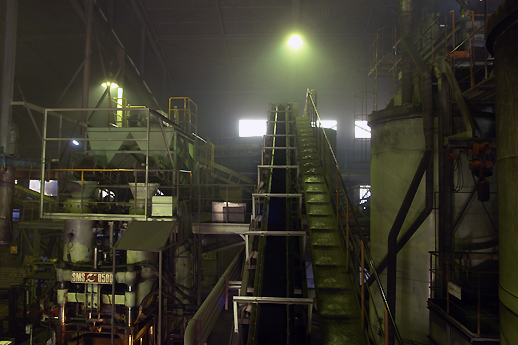
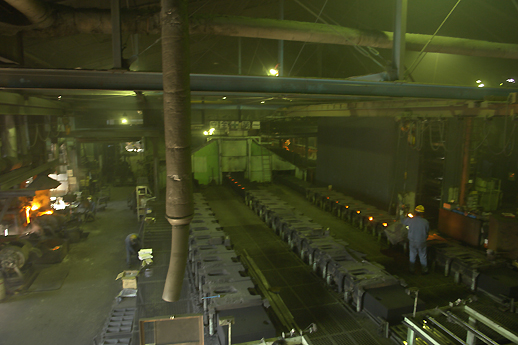
Q: What path led you to think of making kitchen tools like pots and frying pans?
A: As I said earlier, as the proprietor of a small-to-medium sized business, you’ve always got to keep your eye out for a new business opportunity. We had been talking about participating in the Japan Brand Project, and after some research, we discovered that the domestic market alone for cast iron kitchen tools is worth three billion yen, so we figured if we could aim to capture just ten percent of that then we’d be doing alright.You may be familiar with the French brand Le Creuset, which manufactures high-quality cast iron kitchen wares. They’ve got anywhere from one half to two-thirds of the market share. I figured if we could make something with a better price setting, then we’d be able to expect some sales. We placed our price range higher than Nanbu ironware, yet cheaper than Le Creuset. But we still haven’t met our initial sales goals.
Q: By making household goods, it’s quite different than what you’re usually making, and you surely must have had a lot of interesting discoveries along the way?
A: Firstly, it was very interesting getting feedback from family, relatives, and staff about using the pots and pans. They would tell us, “This is great!” Cast iron contains carbon, and so if you condition it with oil, food won’t stick to the surface of the frying pan. Also, the pots have almost a pressure cooker-type effect which helps foods to stew for long periods without breaking down. But the best feature of our cast iron pots is how light and easy to use they are. The walls of the pot are half the thickness compared to Le Creuset.
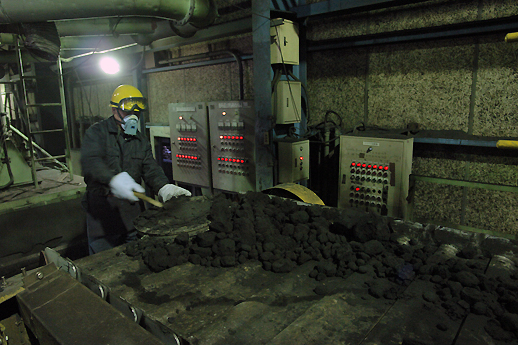
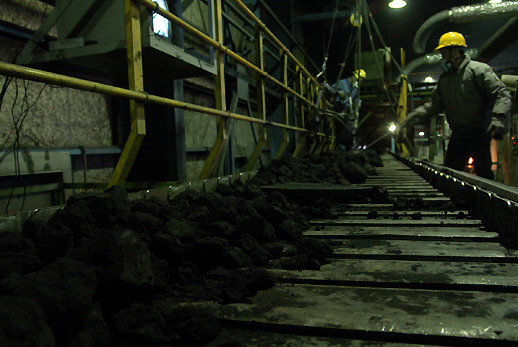
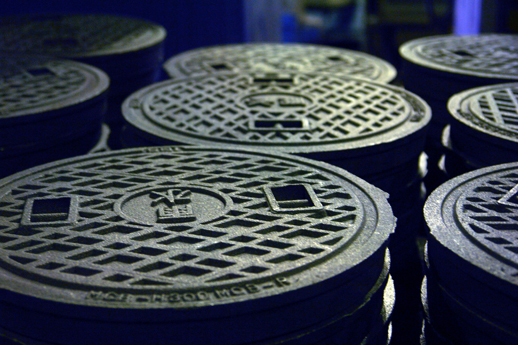
Q: Just listening to you talk makes me want to try them out!
A: None of this is a result of fine calculations. It’s a matter of chance that we were able to make such superior products. When we went to the exhibition in France, the Le Creuset staff came by one after another, turning their heads to one side in puzzlement, asking, “How do you manage to make such a thinly-walled product?”
Q: The designs, with the red accent, are really effective. I’m sure they must be popular overseas. How did you wind up with this design?
A: I got an acquaintance to put me in touch with four product designers, requested designs from all of them, and held a competition. We held a big screening meeting and asked fifty housewives to come. The design which got the most reactions of “How cute!” is the one we’re using now.
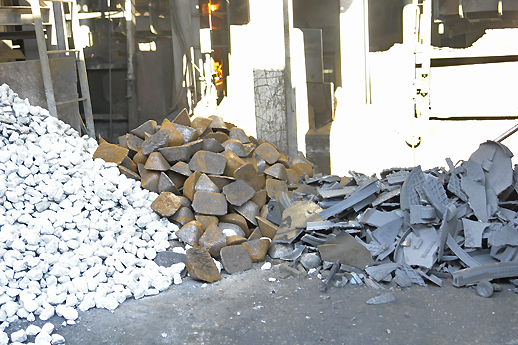
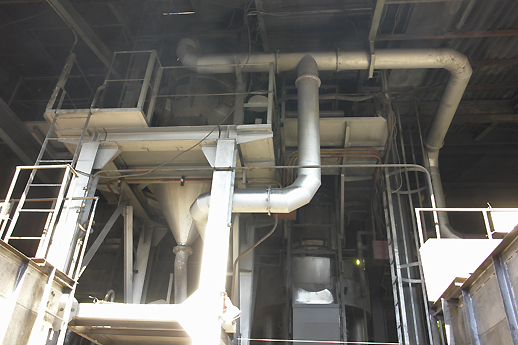
Q: A screening meeting where you get feedback from housewives is another unique endeavor, isn’t it?
A: Developing products based on customer requests is something we’ve always done with our sanitary water line fixtures and cityscape fixtures, so we didn’t really feel like we were doing anything special this time. Displaying products at a gift show also isn’t much different than what we’d already been doing in our own field too, so it was a very natural transition.
Q: But when I listen to you speak, I really get a sense for your willingness to try new things in the world of manufacturing. I guess that your longtime admiration of Caesar has something to do with that.
A: (laughs) I’m just doing what comes naturally to a small-to-medium sized business owner. At any rate, when it comes to this project, including the ventures overseas, I’d just like to get to a point where it becomes profitable as soon as possible. In order to do that, we’re expanding the product line, and I think another important key to success is making sure the user knows about the many good qualities of our products.
Itoh Tekko Motogo 3-22-23, Kawaguchi City, Saitama

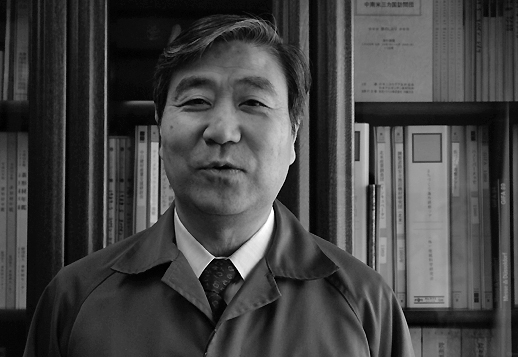
A Word from a Regional Project Participant


Japan Brand Project “Kawaguchi. Japan Brand Project (Kawaguchi i-mono)” Project Coordinator
Seiji Kubota
Currently, this KAWAGUCHI i-mono project which is part of the Japan Brand project organized by the Small and Medium Enterprise Agency, has come to its fourth and final year. This year, as a part of the Development Assistance Program, we put our efforts into developing overseas interest in our Kawaguchi-made cast iron cookware (pots and pans, etc). The Kawaguchi Chamber of Commerce and Industry is in charge of managing the project, but the task of developing a new line of products in a completely new field and running the program has been possible thanks to the cooperation of a great number of people. Some of the people who have been involved in every aspect of the project have been Itoh Tekko, the Kawaguchi Casting Industry Cooperative, and the municipal government. It was a natural choice to use the local cast iron industry for the project, since it is already well-known nationwide. Currently, the majority of Kawaguchi’s casting manufacturers make industrial machinery, construction machinery and implements, car parts, and materials for industrial arts and cityscapes. The challenge of manufacturing “strong, yet light” castings remains a constant subject of research and development. It was here that it was decided that the product to use to represent Kawaguchi castings for the Japan Brand project should be something that easily conveys the elements of “strong, yet light.” We were attracted by something called ductile iron. Put in simple terms, ductile iron is more difficult to break, stronger, and more flexible in comparison to regular iron. Our starting point was the question, “What if we used this technology to make cooking pots?” Thickness, shape, texture of the casting surface, uniform precision: our product development process was a constant succession of trials and errors. Currently, I believe we are the only brand in the world making cooking pots out of ductile iron. We’ve received many inquiries about the purchase of our products, but unfortunately the only shops which currently stock our product line are The Kawaguchi and Yokohama branches of Sogo department store, Seibu department store in Ikebukuro, and six branches of Tokyu Hands including Shinjuku, Shibuya, and Kitasenju. Our next job is to establish a national sales network as soon as we can, and work to make sure that our products can be experienced by as many people as possible.
Japan Brand
Japan Brand



